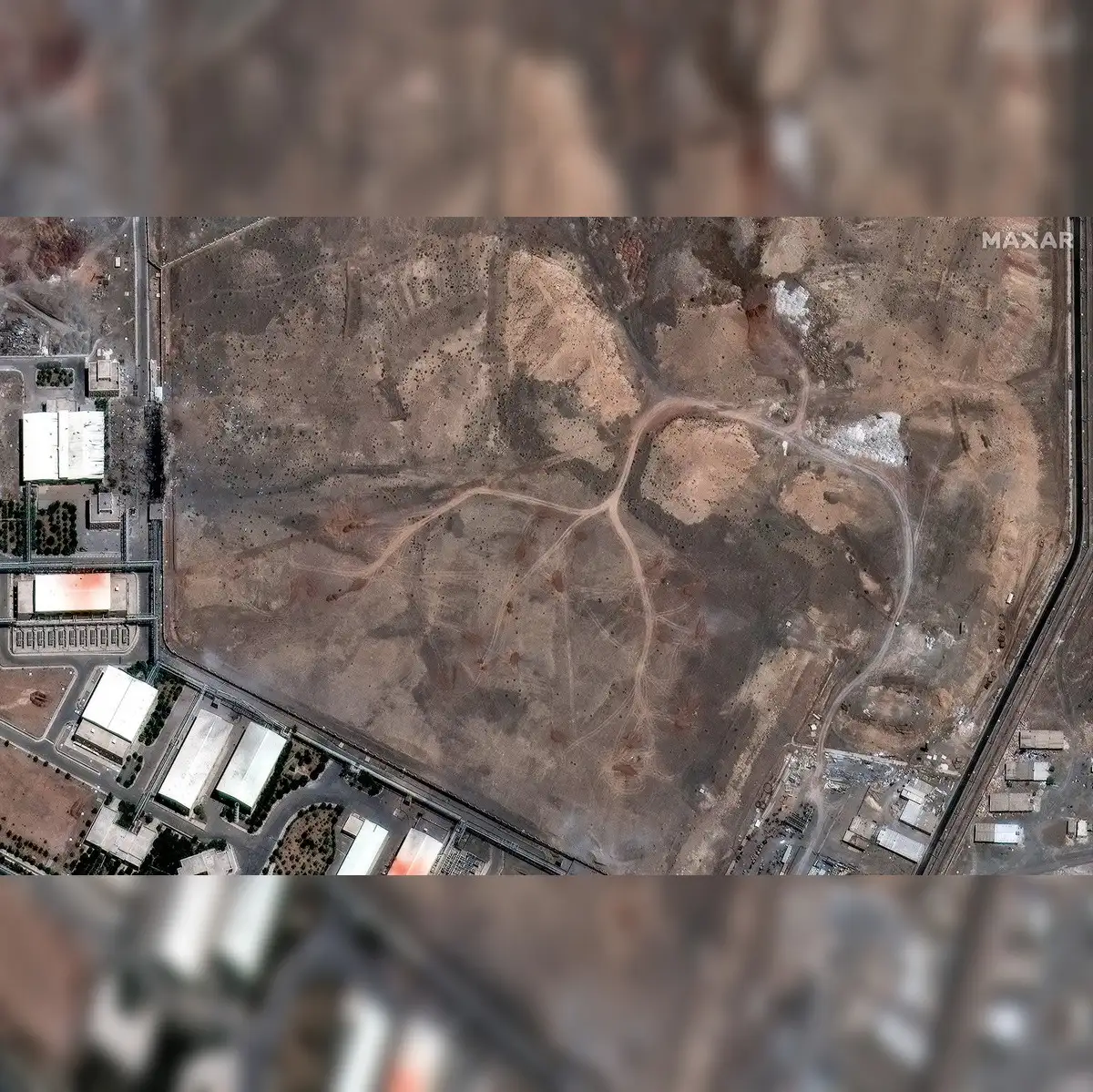Introduction
The term radiation leak has trended since the U.S. struck Iran’s three nuclear sites — Fordow, Natanz, and Esfahan — on June 22, 2025. This blog explores whether radioactive contamination occurred, what Iranian authorities stated, results from the IAEA, and expert insights.
What Happened? US Airstrike Overview

The U.S. military deployed B‑2 stealth bombers dropping GBU‑57 bunker-buster bombs, alongside Tomahawk missiles, targeting Iran’s Fordow, Natanz, and Esfahan enrichment sites. This marked America’s first direct strike on Iranian nuclear infrastructure. [Source: Defense News]
Did a Radiation Leak Occur?
🇮🇷 Iran’s Official Statement
The Iranian National Nuclear Safety System Centre reported “no signs of contamination” and assured there was “no danger to residents” near the targeted sites. Iran also confirmed uranium material had been evacuated beforehand. [Source: Reuters]
🌐 IAEA & UN Watchdog Findings
The International Atomic Energy Agency (IAEA) confirmed “no increase in off-site radiation levels” following the U.S. strikes. IAEA Director Rafael Grossi reaffirmed there were “no radiological releases affecting the public” as of the latest inspections. [Source: IAEA]
🔬 Expert Analysis on Radiation Risk

Nuclear experts clarify that enrichment plants are fundamentally different from reactors. There’s no reactor core or chain reaction to melt down. The likelihood of a Chernobyl-like event is practically zero in this scenario. [Source: Bulletin of Atomic Scientists]
Why Risks Remain Minimal
- No reactors targeted: Only enrichment centers were hit, not operating nuclear reactors like Bushehr.
- Underground design: Bunker-busting minimized external dispersal.
- Evacuated uranium: Material was removed pre-strike, further lowering contamination risk.
- Uranium hexafluoride (UF₆): While toxic if released, it poses limited radiological hazard compared to spent nuclear fuel.
IAEA Inspections & Monitoring
IAEA inspectors continue monitoring. Their latest update notes minor internal chemical contamination, but external radiation levels remain normal. [Source: Al Jazeera]
Broader Implications
- Environmental impact: Minimal so far, though localized chemical hazards persist on-site.
- Legal concerns: Attacking nuclear sites violates international norms. The UN has repeatedly warned against such strikes. [Source: United Nations]
- Public anxiety: Despite expert assurance, global fears of escalation remain high.

Conclusion
Available evidence from Iran, the IAEA, and independent experts shows no radiation leak occurred after the U.S. strikes on Fordow, Natanz, and Esfahan. While enrichment centers hold sensitive materials, their design, underground locations, and evacuated inventory minimized release risks. Ongoing monitoring remains crucial for long-term assurance.
Further related reading:
🔔 Call to Action: Share this article to clarify facts amidst the growing global confusion, and subscribe for ongoing expert breakdowns.









